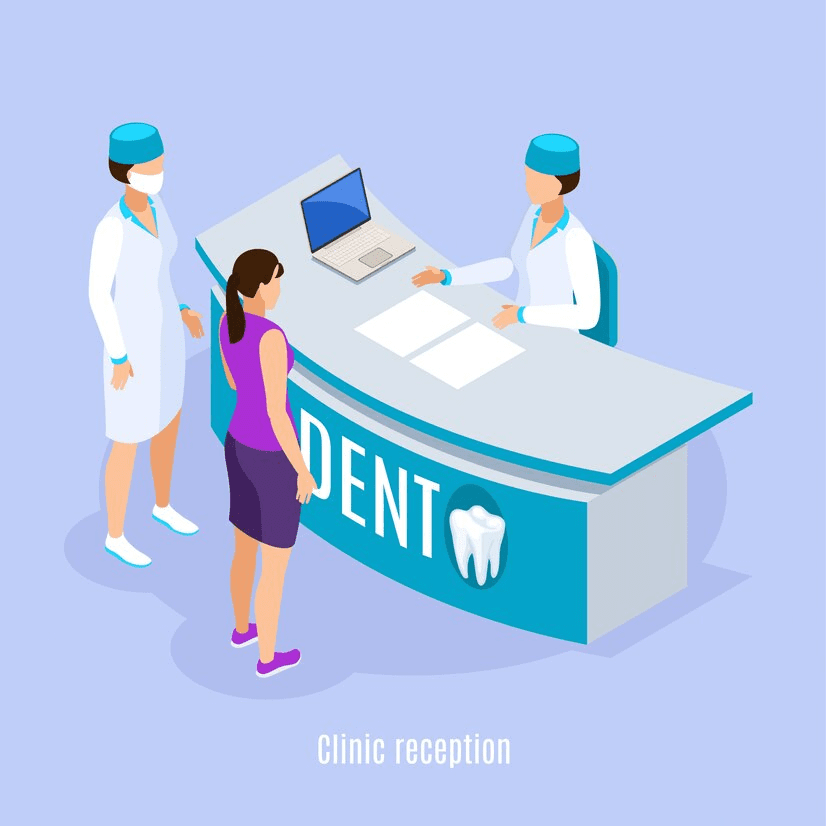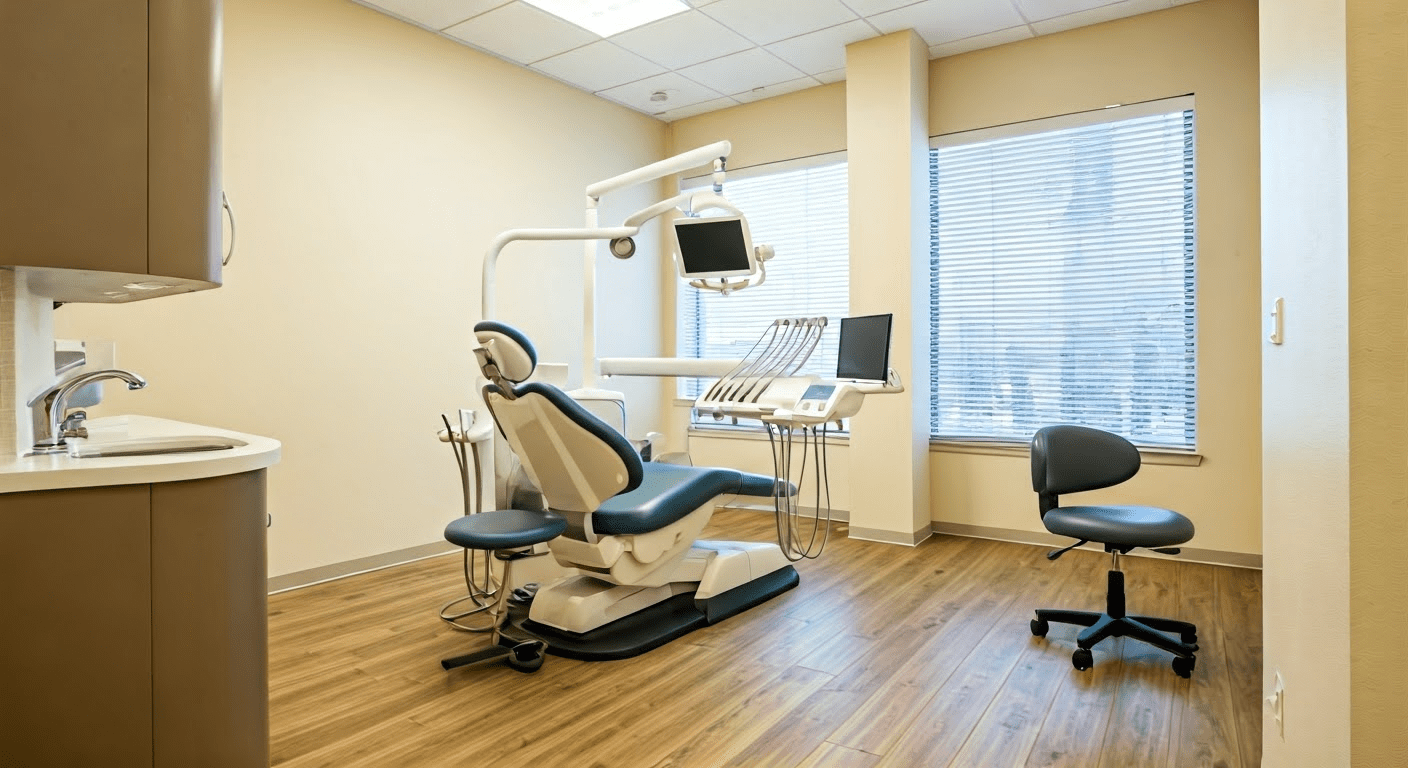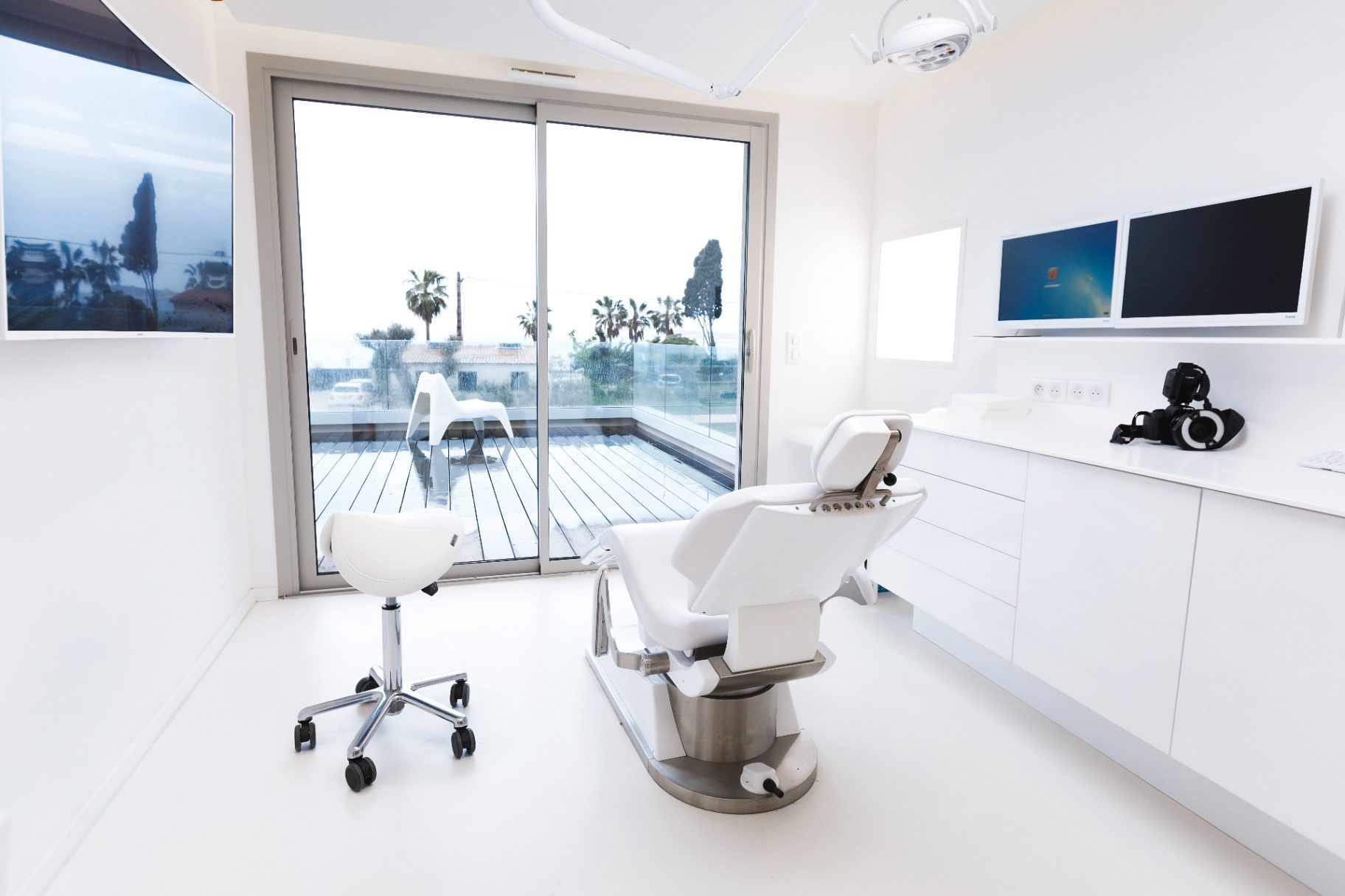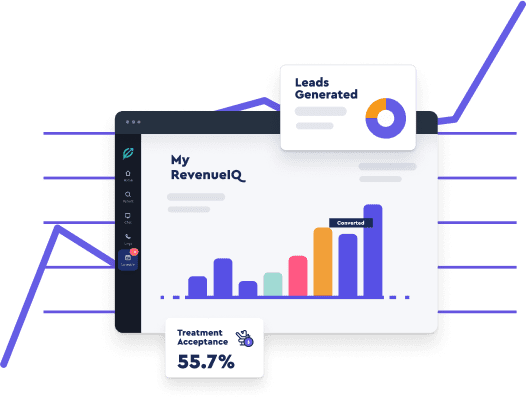What Type of Patient Insight Dashboard Fits Your Practice?

In today’s healthcare environment, data is everywhere—but insight? That’s harder to come by.
Between EMRs, wearables, lab results, appointment records, and patient feedback, healthcare teams are inundated with information. But unless that data is consolidated, visualized, and actionable, it often creates more confusion than clarity.
That’s where patient dashboards come in.
Whether you’re a growing dental practice or a large health system, dashboards are no longer a luxury—they’re an operational necessity. When used well, they can elevate care quality, improve staff coordination, enhance the patient experience, and uncover revenue opportunities you didn’t know you were missing.
Let’s explore the five key types of patient dashboards that modern practices are using to drive smarter decisions, faster care, and stronger outcomes.
5 Patient Dashboards Every Modern Practice Needs to Run Smarter

Each type serves a distinct purpose—whether it’s managing patient flow, monitoring outcomes, or improving the experience from check-in to follow-up. Together, they form the foundation of a smarter, more connected care ecosystem.
Ready to explore the five dashboards that transform how your practice delivers care, engages patients, and grows sustainably?
1. Patient Insight Dashboards: Your Frontline Data Translator
The most essential type of dashboard for any practice is a patient insight dashboard—a centralized hub that translates complex clinical data into clear, actionable insights.
Unlike generic patient dashboards that only track appointment history or lab results, insight dashboards integrate key performance indicators (KPIs) such as:
- Average length of stay (ALOS)
- Readmission rates
- Mortality rates
- Patient satisfaction scores
- Treatment completion and follow-up status
This kind of dashboard is especially useful for physicians and care coordinators who need a quick, holistic view of patient outcomes and care efficiency—without toggling across multiple systems.
In a dental setting, this could include metrics like treatment plan adherence, procedure success rates, or post-op symptom tracking. When used consistently, patient insight dashboards improve clinical decision-making, support preventative care, and enable outcome-based reimbursement.
2. Patient Flow Dashboards: Fixing Bottlenecks Before They Start
If you’ve ever felt like your clinic was “busy but inefficient,” the problem might lie in your flow—not your volume.
A patient flow dashboard is designed to optimize the movement of patients through your system. Whether it’s tracking wait times in a general practice or bed turnover in a hospital, this dashboard highlights bottlenecks that impact care delivery and operational efficiency.
Typical flow metrics include:
- Bed occupancy rate
- Emergency department (ED) throughput
- Average patient wait and discharge times
- Procedure scheduling conflicts
- Real-time provider availability
For example, in a hospital setting, real-time alerts on discharge delays can help administrators reallocate staff or prioritize room cleaning to prevent backups. In a dental office, it can flag underutilized operatories or appointment gaps, helping teams improve resource use and patient volume management.
By visualizing workflow breakdowns as they happen, these dashboards help practices respond dynamically—before small delays become big disruptions.
3. Patient Experience Dashboards: Turning Feedback into Action
Patient loyalty doesn’t just come from good clinical care—it’s deeply influenced by how patients feel throughout their journey.
A patient experience dashboard aggregates and tracks patient satisfaction across touchpoints like check-in, treatment, follow-up, and billing. But it goes beyond just surveying patients. These dashboards can pull data from:
- Patient satisfaction surveys
- Google reviews and third-party review platforms
- Social media mentions and sentiment
- Contact center call logs and resolution times
- Appointment and follow-up communication
For dental and medical practices looking to improve patient engagement, this is a game-changer. If reviews consistently mention long wait times, confusing bills, or a cold front-desk tone, the dashboard will surface those patterns for action.
It’s also a vital tool for marketing and reputation management—especially in competitive markets where online presence drives a large share of prospective patients.
4. Remote Patient Monitoring Dashboards: Extending Care Beyond the Clinic
With the rise of virtual care, remote patient monitoring (RPM) dashboards are transforming the way clinicians track chronic conditions, post-op recovery, and long-term care outcomes.
These dashboards connect with at-home monitoring devices (blood pressure cuffs, glucose monitors, pulse oximeters, etc.) to feed live data directly into care teams. They’re especially useful for:
- Patient adherence to monitoring protocols and alert notifications for critical values.
- Post-discharge recovery tracking
- Geriatric or at-risk populations needing ongoing observation
Key metrics may include:
- Patient adherence to monitoring protocols
- Alert triggers for critical values
- Symptom reporting frequency
- Telehealth follow-up compliance
Used properly, a remote patient monitoring dashboard gives clinicians the ability to intervene early, before patients end up back in the ER. And from a business standpoint, it supports a value-based care model, improves patient retention, and unlocks new reimbursement streams.
5. Practice Management Dashboards: Where Operations, Finance, and Care Intersect
The final piece of the puzzle? Integrating insights across clinical, operational, and financial domains.
A practice management dashboard serves as your command center—connecting dots between patient flow, staff workload, billing performance, and resource utilization.
Typical metrics tracked include:
- Daily appointment load by provider
- Staff-to-patient ratios
- Overtime hours and training gaps
- Insurance claim denial rates and collection timelines
- Revenue per visit and cost per procedure
It’s the dashboard your leadership team checks before every weekly huddle—and the one your office manager uses to plan staffing and forecast service demand. For new dental practices or growing multi-specialty groups, it creates peace of mind by reducing guesswork and ensuring critical data isn’t buried in spreadsheets.
When all dashboards speak to each other, the result is a connected, data-driven practice that scales without sacrificing care quality
What Growing Practices Should Demand From Their Dashboard Tools in 2025

In 2025, growth-focused practices can’t afford to rely on static reports or fragmented insights. The new standard for performance is agility—real-time visibility, predictive foresight, and actionable intelligence, all in one place.
As dental and healthcare organizations scale, the dashboard is no longer a back-office reporting tool—it’s the operational nerve center.
Here’s what tomorrow’s high-performing practices will require from their dashboard systems:
1. Real-Time Analytics With Built-In Foresight
Dashboards must operate in real time—tracking everything from patient flow and billing delays to engagement trends. More importantly, they should predict what’s coming next: scheduling gaps, churn risk, or capacity strain before they happen.
2. Seamless Data Integration Across Systems
Patient data is scattered across EHRs, CRMs, scheduling tools, and billing platforms. Dashboards should unify this data into a cohesive interface—breaking down silos and enabling coordinated decision-making across the entire practice.
3. Intelligent Automation That Takes the Next Step for You
The right tool doesn’t just show what’s happening—it acts on it. That means automatically flagging missed opportunities, initiating follow-ups, prioritizing overdue claims, or surfacing patients at risk of attrition. Manual admin work? It should be the exception.
4. Multilingual, Multichannel Experience Insights
Growth often means serving more diverse populations—and managing a wider digital footprint. Dashboards must track patient sentiment across Google reviews, social media, and internal communications, in every language your patients use.
5. Role-Based Visibility That Prioritizes Action
Your front desk doesn’t need to see financial KPIs, and your operations lead doesn’t need to read hygiene notes. Smart dashboards are permission-aware, delivering relevant, role-specific insights to reduce cognitive load and drive accountability.
6. Scalable Architecture That Grows With You
Whether you’re onboarding a new dentist, expanding a new practice, or adding more service lines, your dashboard tool must evolve in lockstep. Scalability shouldn’t mean sacrificing performance or retraining your team every 6 months.
The PbN Difference: Dashboards Engineered for Modern Practice Management
Practice by Numbers (PbN) isn’t just a data visualization layer—it’s a performance system built for clinical, operational, and financial intelligence.
PbN delivers:
- Unified dashboards that connect call analytics, patient flow, and engagement signals
- AI-generated insights that interpret data in natural language and recommend next steps
- Predictive forecasting for production, no-shows, and staffing gaps
- Multilingual review monitoring and patient sentiment analysis from Google and beyond
- Role-based interfaces tailored to every team member’s scope
- Fully secure, HIPAA-compliant architecture designed for scale and precision
In a healthcare landscape driven by complexity, PbN empowers practices to move with clarity, speed, and strategic control.
It’s not just a better dashboard. It’s the infrastructure for a smarter, more profitable practice.
Conclusion
In an age where healthcare teams are expected to do more with less, imperative trends are being tracked as patient dashboards quietly become the most valuable tool in the room.
They reduce noise. They reveal patterns. They guide decisions. And most importantly, they turn routine data into real-time strategy.
Whether you’re improving patient flow, managing reviews, tracking remote care, or optimizing performance, the right dashboard setup empowers your practice to deliver better care—with less friction and more confidence.
So if you’re looking for ways to make your practice more profitable, enhance patient experience, and drive sustainable dental practice growth, dashboards are a smart place to start.
Frequently Asked Questions
What’s the difference between a patient dashboard and a patient insight dashboard?
A patient dashboard gives an at-a-glance view of metrics like vital signs and appointment history. A patient insight dashboard goes deeper, layering data trends, risk scores, and health outcomes to help healthcare providers make data-informed care decisions.
Are patient dashboards used in clinical trials?
Yes. A clinical trials dashboard often includes a patient dashboard that tracks participant progress, vital signs, and treatment response. This enables researchers to monitor clinical variation, flag safety issues early, and maintain FDA compliance through a clear, detailed overview of clinical trials.
Do healthcare executive dashboards include patient-level data?
While healthcare executive dashboards typically focus on high-level metrics, they may include a health summary dashboard or aggregated patient dashboard data to evaluate system-wide performance, Medicare reimbursements, or departmental efficiency based on a breakdown of crucial staff and resources.
How can a patient insight dashboard improve ongoing patient care?
By consolidating key pieces of data like treatment adherence, symptom patterns, and recovery timelines, a patient insight dashboard supports better patient care, early intervention, and more precise parameters for monitoring. It enhances decision-making across various hospital departments.
What are some must-have features in a healthcare dashboard?
Modern healthcare dashboards should include a customizable patient insight dashboard, support rpm devices, offer ongoing support, and integrate with hospital management dashboards. These features help visualize care delivery in real time and track health outcomes across departments.




